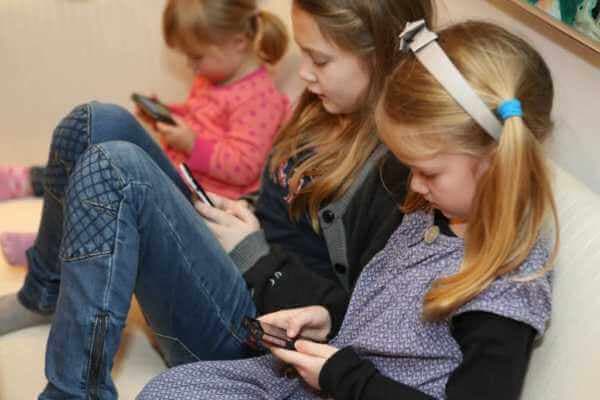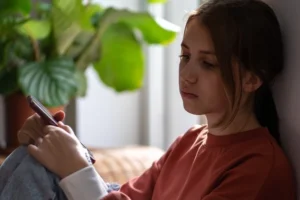During these few years and generally heading towards 10 years of age, children move from a fairly simplistic view of the world with simple ‘yes’ and ‘no’ views and answers, to a more complex form of ‘maybe’s, perhaps’ and ‘could be’s’. They develop the ability to understand sarcasm and wit and begin to use this to socialise in a more adult fashion.
Children’s views of right and wrong change
Thanks to the work of another psychologist – Kohlberg, we know children’s ability to judge morals changes from right versus wrong, to patterns of thinking that take the context into account.
Children of this age begin to think about the probabilities of things happening and not happening and start to view the world less as black and white. As such, they can also be more susceptible to peer pressure. They begin to look at the end result of a situation and try to work out how to attain that goal, one example might be; “Rosie likes One Direction, so if I like them too, she will then like me”.
Parents perceptions of changing behaviour
Parents see this new thinking and behaviour pattern and can quite often *adultise their children. In doing this, we can sometimes over generalise about a child’s readiness to think like an adult, which they can’t.
We can be drawn into new levels of reasoning and peer pressure driven ’pester power’ and find ourselves in discussions where children argue fairly. This leaves parents with a choice about how much freedom to trust their child with and how much to control. This includes the emotionally laden ‘screen time limits’ that bedtimes and weekends can bring.
Finding the right balance when it comes to children’s use of tech
Often this is the case when it comes to smartphones and technology. Children aged 7 to 12 are able to often bamboozle adults with technology type words and can sound competent and confident in their abilities to be safe online.
They can be susceptible to reward driven ‘screen time’ which can look like “an addiction” to adults, when in fact this is to do with the way their brain works (based on rewards from the game or friends and the feelings this gives the child).
We believe that our children are capable of thinking in a more independent adult way, when perhaps, if we looked at smartphones and online safety like a child learning to ride a bike, we might have the right balance in parenting and education for this.
Is teaching online safety like learning to ride a bike?
For example, we as parents know instinctively when a child is ready to ride without stabilisers. The child will tell us enthusiastically that they are ready and we judge this by careful observation (parents really do know best!).
When we know they can do it we let them try; still with our help (holding the bike a little) and when they are ready to have a go alone we still keep a watchful eye on them.
Perhaps, this is a good metaphor for smartphone and online safety as children can very skilfully navigate this online world and we need to keep a watchful eye to step in when they need a little more adult supervision and boundaries. It’s a tough call!
As parents and teachers we also need to learn more too, in order to “stabilise” our children in this online world.
(*a word I made up to explain the effect of seeing a more grown up person/behaviour in a child)





